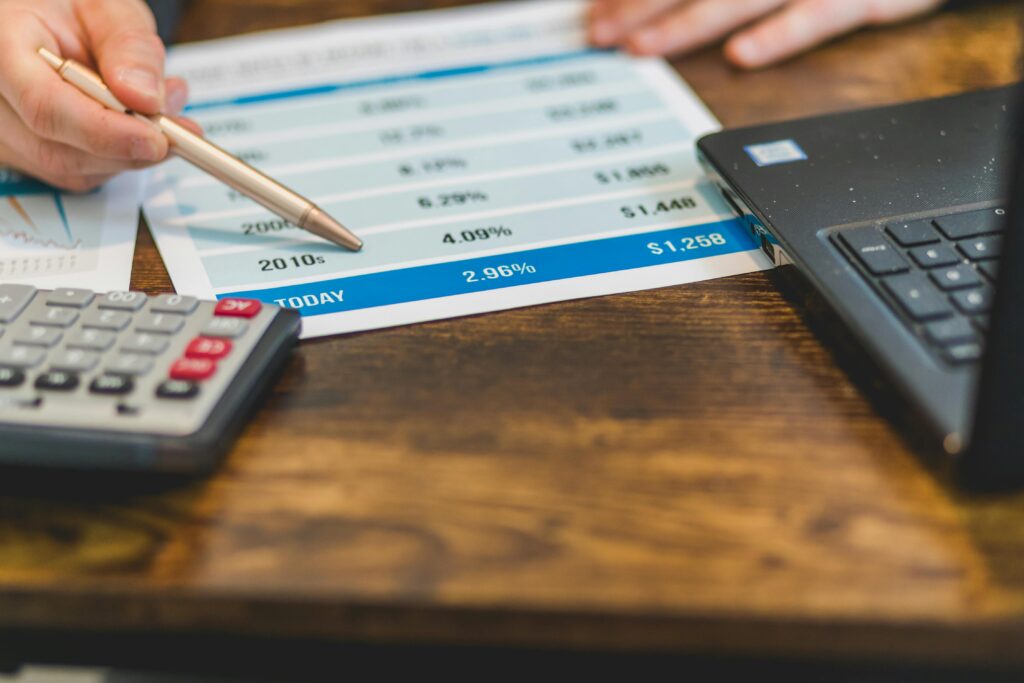The concept of “11/15 percentage” has gained attention across various domains, sparking curiosity among readers eager to understand its meaning, application, and impact. In this article, we’ll dive deep into the significance of this percentage, explore its practical uses, and assess its implications.
What is the 11/15 Percentage?
At its core, “11/15 percentage” refers to a fractional value derived from dividing 11 by 15, resulting in approximately 73.33%. While seemingly straightforward, this figure has intriguing applications in mathematics, business, sustainability, and even daily life.
Why is the 11/15 Percentage Important?
The 11/15 percentage represents a moderate yet impactful fraction, often used in scenarios requiring proportional analysis. It’s widely appreciated for its practicality in calculations, decision-making, and resource allocation.
Simplicity in Mathematics:
-
- Calculating 11/15 simplifies larger problems into manageable proportions.
- This value is handy for students learning fractions and percentages.
Real-world Applications:
-
- From dividing expenses to understanding statistical data, the 11/15 percentage offers a reliable benchmark.
Applications in Eco-Friendly Practices
The 11/15 percentage finds notable relevance in sustainable practices, emphasizing balance and efficient resource use.
- Energy Efficiency:
- Many eco-friendly technologies aim to optimize energy consumption by achieving efficiency levels close to 73% or higher.
- Waste Management:
- Recycling programs often target specific percentages of waste reduction, where benchmarks like 11/15 help measure progress.
- Carbon Footprint Reduction:
- Companies committed to sustainability track their progress using percentages, where values like 11/15 highlight significant milestones.

The Role of the 11/15 Percentage in Financial Planning
For those managing finances, the 11/15 percentaserves as a guiding ratio for budgeting and investment strategies.
- Savings Allocation:
- Individuals often allocate approximately 73% of their income toward essential expenses, leaving the rest for savings and discretionary spending.
- Investment Strategies:
- Financial experts recommend distributing funds proportionally to ensure both growth and stability, with the 11/15 percentage serving as a practical reference point.

Interrogating Its Versatility
Can the 11/15 percentage be universally applied? While its uses are vast, there are situations where this specific ratio might not fit.
- Context Matters:
- Not all scenarios benefit from the precision of the 11/15 percentage, especially in cases requiring exact whole numbers.
- Flexibility Required:
- Certain dynamic environments call for more adaptable ratios, though the 11/15 percentage remains a trusted foundation.
How to Use the 11/15 Percentage in Everyday Life
Incorporating this percentage into daily routines can simplify decision-making and enhance productivity.
- Time Management:
- Dedicate 73% of your time to priority tasks and the remaining 27% to leisure or self-care.
- Goal Setting:
- Break your objectives into achievable milestones, using the 11/15 percentage as a measure of progress.

Final Thoughts
The 11/15 percentage, while seemingly modest, carries significant weight across various fields. Its applications in eco-friendly initiatives, financial planning, and everyday decision-making make it a versatile tool. By understanding and embracing this ratio, individuals and organizations can achieve greater balance, efficiency, and sustainability.
Whether you’re calculating numbers or making life choices, the 11/15 percentage is a simple yet powerful reminder that even small fractions can lead to impactful results.







